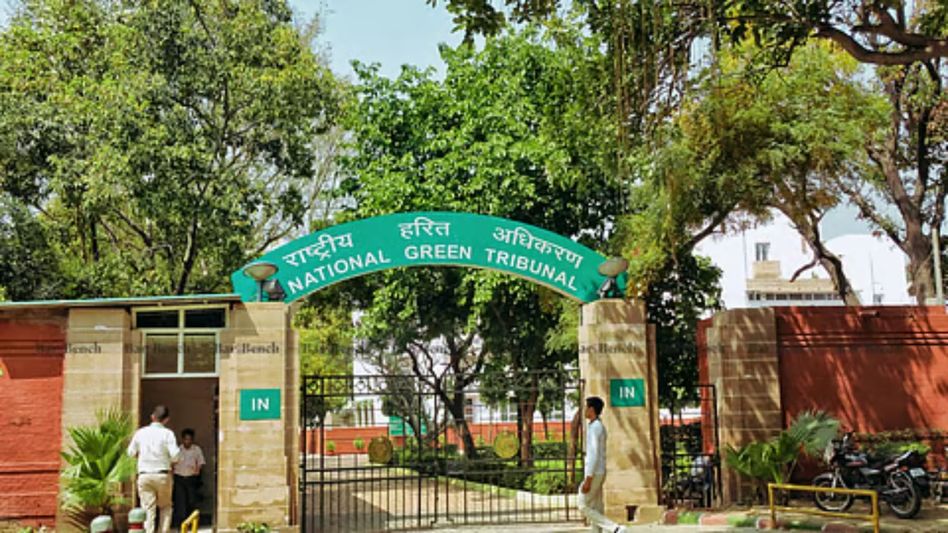NGT takes suo motu action on Darjeeling landslide warning, terms situation a serious environmental concern
In a rare and significant move, the National Green Tribunal (NGT) has taken suo motu cognisance of a newspaper article highlighting the growing risk of landslides and disasters in the Darjeeling hills.

In a rare and significant move, the National Green Tribunal (NGT) has taken suo motu cognisance of a newspaper article highlighting the growing risk of landslides and disasters in the Darjeeling hills.
The Tribunal initiated proceedings based on a detailed report published in The Indian Express on October 6, 2025, which warned that poor urban planning, climate change, and weak disaster management systems have pushed the region towards a severe environmental crisis.
The NGT formally registered the case on October 28, 2025, marking what experts call a historic intervention, as the Tribunal seldom acts without a formal petition. The decision underscores a heightened national sensitivity to the environmental and security vulnerabilities of the Himalayas.
The report, authored by noted academic and former National Security Advisory Board member Prof. Mahendra P. Lama, described how intense rainfall earlier in October devastated Darjeeling. The six-hour downpour washed away the crucial Dudhia bridge over the Balason river, severing the Siliguri–Mirik route and disrupting connectivity for locals, tourists, and emergency services. The deluge also triggered widespread landslides, blocked highways, and caused heavy loss of life and property.
Prof. Lama traced the region’s long history of landslides — from 1899 through 2015 — but noted that today’s disasters are no longer purely natural. Instead, they stem from the combined impact of erratic rainfall patterns, reckless construction, population pressure, and poor governance. The traditional monsoon rhythm has shifted, giving way to short, extreme bursts of rain that overwhelm fragile slopes and unplanned drainage systems.
Also Read: Sikkim government raises concern over frequent NH-10 closures, writes to NHIDCL
The NGT observed that these issues suggest possible violations of the Environment Protection Act, the Disaster Management Act, and the EIA norms. It further pointed out that local authorities, including municipalities and the Gorkhaland Territorial Administration, lack adequate funds, manpower, and technical expertise to manage such frequent disasters.
Citing ISRO’s Landslide Atlas of India (2023), the Tribunal noted that Darjeeling ranks among the 35 most landslide-prone districts in the country. It also drew parallels with the October 2023 Glacial Lake Outburst Flood (GLOF) in Sikkim, which destroyed hydropower projects and military installations, causing losses equivalent to 60% of the state’s GDP and severe damage downstream in Darjeeling and Jalpaiguri. The NGT said these incidents point to a worrying pattern of Himalayan fragility that requires urgent government intervention.
The Tribunal has issued notices to five key institutions — the Ministry of Environment, Forest and Climate Change; West Bengal Pollution Control Board; G.B. Pant Institute of Himalayan Environment; National Disaster Management Authority (NDMA); and Wadia Institute of Himalayan Geology. These bodies have been directed to submit action-taken reports or future plans before the next hearing on December 22, 2025, at the Eastern Zonal Bench in Kolkata.
The NGT also directed that if any department submits its reply without legal representation, a senior official must join the hearing online to present the response directly to the Tribunal.
Copyright©2025 Living Media India Limited. For reprint rights: Syndications Today









